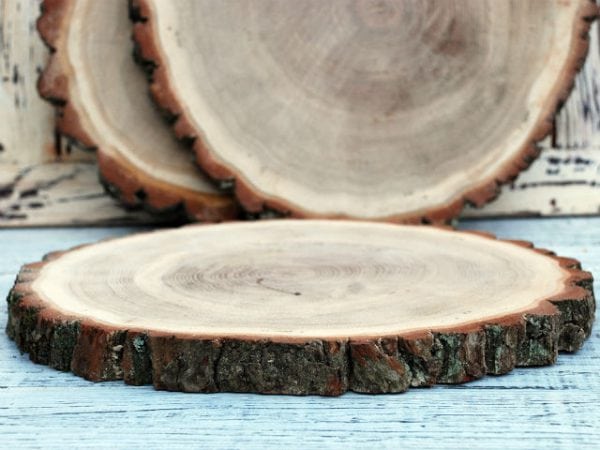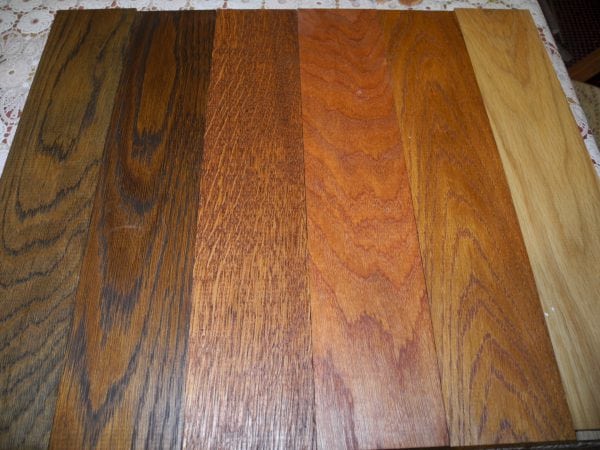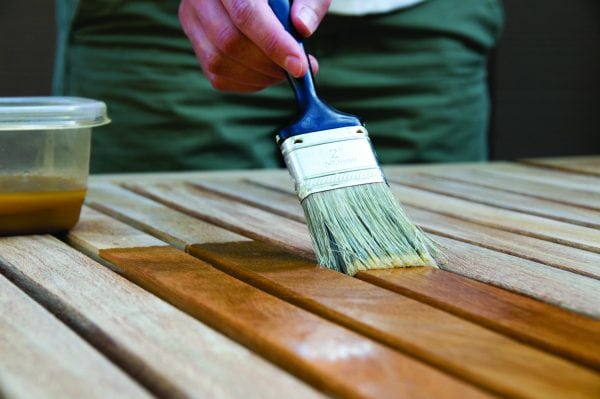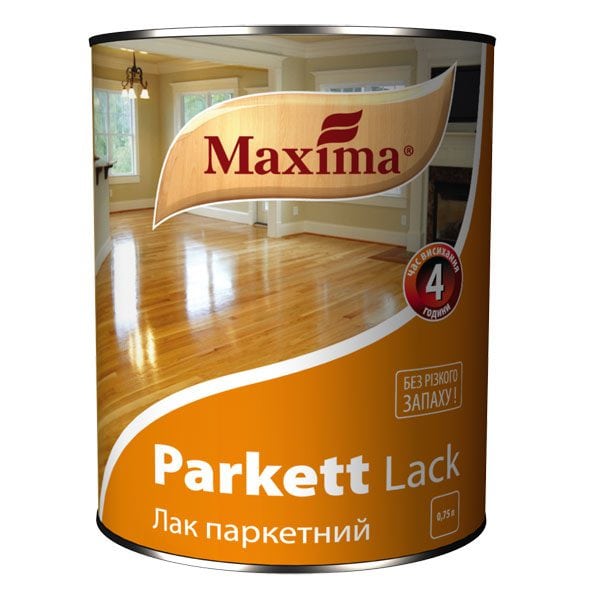Impregnation of a tree is a necessary operation that prolongs their life. It should be carried out even if the oak and other species are treated appropriately for sale (for example, in terms of relative humidity). The reason is the unfavorable operating conditions of the floorboard: high operating loads, and often changing surface moisture of the tree.
- Possible methods of surface treatment of wood
- Parquet lacquer impregnation
- Oil-wax impregnation
- Work execution technology
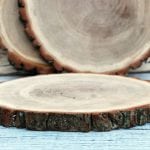
Possible methods of surface treatment of wood
At home, the impregnation of an oak board can be performed:
- special parquet varnishes;
- compositions based on oil-wax mixtures;
- refreshing mixtures restoring the luster of a wooden coating.
The latter option relates more to maintaining the appearance of the already processed oak plank, so this impregnation is not of a deep nature. Rather, this technology resembles the cleaning of a wooden floor covering, and therefore can be done once a week, and even more often.
A similar effect is given by surface wood fresheners - polishes. High-quality polishes can restore the original color of the tree for a while, emphasizing its texture.
Such technologies are applied a month or two after the final installation of the floorboard.
Unlike the above methods, the impregnation is carried out at the stage of laying the coating or immediately after. She suggests:
- Creation of an intermediate wear-resistant layer on the wood surface that increases the operational resistance of wood (for oak or larch, this is less important than for other types of wood).
- Reducing the sensitivity of the board to ultraviolet radiation, which often accelerates the fading of paints and ordinary varnishes. In this case, the impregnation can be used not only for floor boards, but also for wooden countertops, figurines, and other small architectural forms of oak, located at the window openings.
- Improving the moisture resistance of the coating. During processing, the pores in the wood are closed, which reduces the risk of mold formation. However, there is a downside here: oak varnished oak does not breathe well, so unpleasant odors accumulate faster in the room. The problem is solved by high-quality and systematic ventilation of rooms.
Parquet lacquer impregnation
Without exception, the compositions of this group are extremely toxic, which must be taken into account when choosing this method of impregnation of a tree. Processing should be carried out in well-ventilated rooms, at air temperatures up to 25 ° C (at higher temperatures, varnishes begin to evaporate even more intensively), as well as using personal protective equipment: goggles and a gauze bandage (or respirator).
The toxicity of board impregnation varnishes depends on the type of solvent.Varnishes are made on a water basis and based on synthetic solvents. Waterborne varnishes are much less toxic, although they dry slightly more slowly. However, in this case, this is not a drawback, but rather the advantage of the composition: quick-drying impregnating varnishes are very demanding on the quality of their application, and with insufficient experience the performer leaves distinct bands. They can be eliminated only by re-varnishing the wood, and this leads to increased consumption of varnish and lengthening the time of work.
A clear advantage of parquet varnishes is their durability. Oak treated with such compounds will subsequently require only cosmetic maintenance of cleanliness and texture, which can be achieved by applying the desired color to the surface of the floorboard. Sometimes, stains are successfully used to maintain the external texture of the oak coating.
to contents ↑Oil-wax impregnation
This technology of impregnation is much more “clean” from an environmental point of view, since it uses non-toxic components of natural origin.
Oil-wax mixtures are used not only for impregnation, but also for the restoration of damaged sections of the board. The advantages of this method of impregnation:
- Giving the coating anti-static characteristics. Due to the treatment with oil compositions, the risk of accumulation of static electricity on the surface of the oak parquet is reduced. When varnishes are treated, the antistatic effect does not occur, which is explained by the polarization of the organic solvent during its application to the wood surface.
- The oily-wax surface is warmer to the touch, which is explained by the increased heat capacity of the impregnation components. Therefore, it will be warmer in the treated rooms in winter.
- The relatively low volatility of the oil allows it to penetrate into the internal structure of the oak board to a considerable depth. As a result, the porosity of wood decreases, and the density increases.
- The presence of wax gives the impregnating composition the ability to cover small surface defects of a tree that may arise, for example, from the claws of domestic animals.
- Wax in itself is a water-repellent composition, so the board will not suffer from excess moisture, for example, when washing floors.
- Wax-oil impregnation can be used to process any room in the house. Most often they process boards from oak, ash, larch.
Work execution technology
Wood impregnation with parquet varnish is carried out in two layers. The next one is superimposed in the direction perpendicular to the previous one. Due to the quick setting of the composition, it is recommended that the treatment be carried out with a hard, wide brush.
Much more subtleties of applying an impregnating composition based on oil-wax components. The difficulty is connected with the fact that the working mixture for impregnation contains several heterogeneous components.
This includes the actual oil, wax, resinous substances that give the finished surface shine and reduce its porosity, as well as a very small number of chemical stabilizers that provide impregnation resistance to changes in temperature and relative humidity.
The quality of processing is determined by the characteristics of the oil. It is divided into three types:
- High density, with a high percentage of resins. Board impregnation with the use of such oil is considered the most durable.
- The usual density, which is often added to various dyes - from light brown to lemon yellow. This facilitates the selection of an impregnating composition for the texture and color of the board (for oak, compositions of dark colors are used).
- Bleaching oils, with which the color of the finish surface becomes lighter.Most often they process light wood species (linden, pine, maple), but sometimes bleaching oak increases the expressiveness of the floorboard.
Before impregnation, the necessary preparatory work is carried out: the oak board is polished, in order to seal small defects, its surface putty is performed. Then, in several layers with a break for drying, the impregnation itself is performed. It can be produced in cold and hot conditions.
Impregnation with oil-wax mixtures has a number of limitations:
- As a result of processing, the coefficient of friction of adhesion of the surfaces of shoes and the floor is reduced, therefore, it is easier to slip on such a board.
- If desired, subsequent impregnation with varnish, the entire coating will have to be removed.
- The method is unsuitable if the premises are equipped with a "warm floor" system.
The choice of the optimal method of processing the board, including oak, depends on the conditions of its operation and the desired visual effect of the finished coating.

